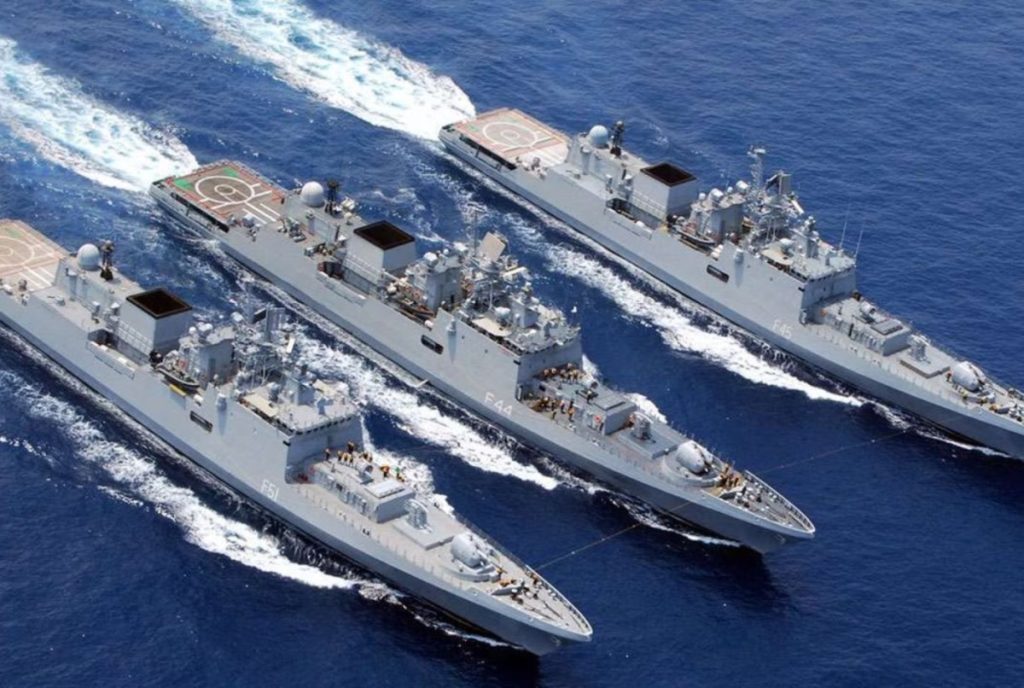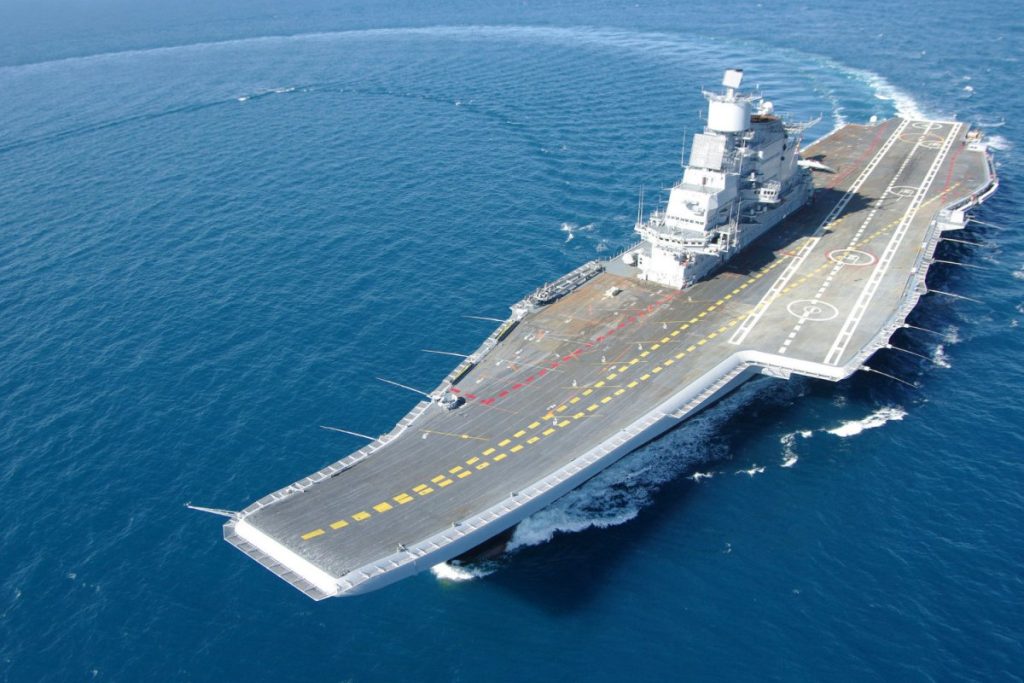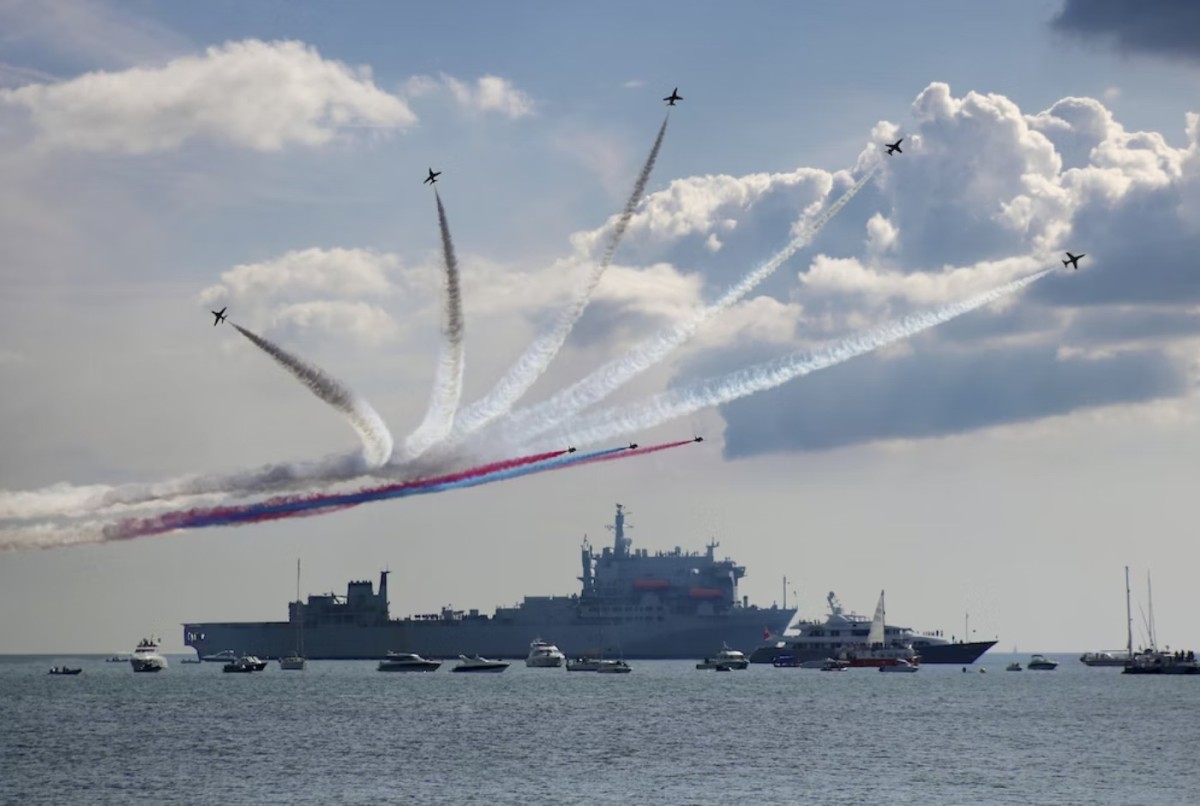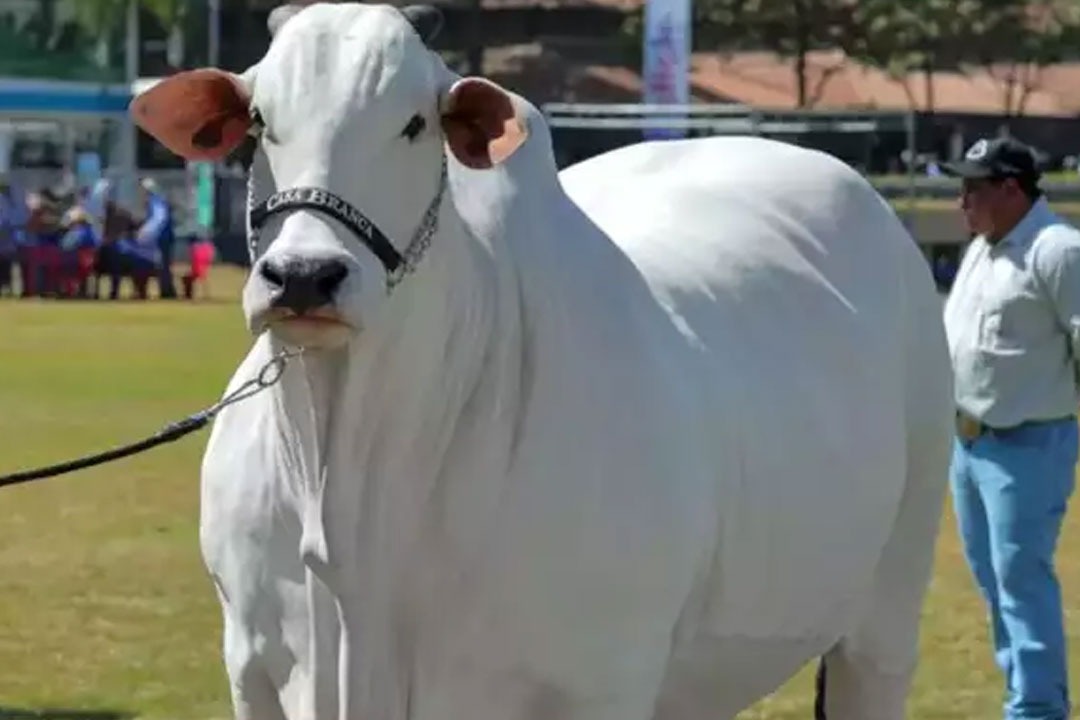Here are some knowledge facts about the Indian Navy:
Oldest Naval Force:
The Indian Navy is one of the oldest naval forces in the world, with its roots tracing back to 1612 when the East India Company established naval supremacy.
Naval Ensign:
The Indian Navy’s ensign features a blue background with the Ashoka Chakra, the national emblem of India, in the center. It symbolizes the navy’s role in safeguarding India’s maritime interests.
Naval Academy:
The Indian Naval Academy (INA), located in Ezhimala, Kerala, is the largest naval academy in Asia and trains future officers of the Indian Navy.
Submarine-Launched Ballistic Missiles (SLBMs):
India is one of the few countries with a credible nuclear triad, which includes the capability to launch ballistic missiles from land, air, and sea. INS Arihant, India’s first nuclear-powered ballistic missile submarine, plays a crucial role in this triad.

Also Read: Mastering the Chessboard: A Beginner’s Guide to Playing Chess
International Fleet Review (IFR):
The Indian Navy periodically conducts International Fleet Reviews, which are grand naval parades showcasing a diverse array of warships from different countries. The last IFR was held in Visakhapatnam in 2016.
Indigenous Aircraft Carriers:
India is investing in indigenously built aircraft carriers. INS Vikrant, the first of these, is a significant step toward self-reliance in naval aviation.
Aircraft Carrier Operations:
India operates multiple aircraft carriers, including INS Vikramaditya, a modified Russian carrier. Aircraft carriers significantly enhance the navy’s reach and strategic capabilities.
Marine Commandos (MARCOS):
The Indian Navy’s elite special forces, MARCOS, are trained to undertake covert operations, counter-terrorism, and unconventional warfare. They are among the most skilled special forces globally.

Also Read: Navy Day: Trivia About the Indian Navy
Joint Exercises:
The Indian Navy actively participates in joint exercises with navies from various countries. These exercises enhance interoperability and strengthen diplomatic ties.
Naval Aviation:
The Indian Navy operates a mix of fixed-wing aircraft and helicopters for various roles, including reconnaissance, anti-submarine warfare, and logistics.
Humanitarian Assistance and Disaster Relief (HADR):
The Indian Navy plays a crucial role in HADR operations both nationally and internationally. Operations like ‘Operation Madad’ during the 2018 Kerala floods highlight their commitment to assisting in times of crisis.
Women in the Navy:
Women have been serving in the Indian Navy since 1992. Initially, they were inducted through the Short Service Commission, and in 2016, the Indian Navy extended permanent commission roles to women.
These facts illustrate the Indian Navy’s rich history, diverse capabilities, and its role as a crucial component of India’s national defense and security.
Also Raed: Unveiling Must-Know Facts about India’s Maritime Defenders











